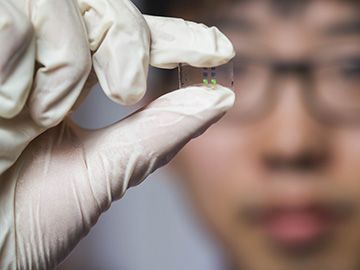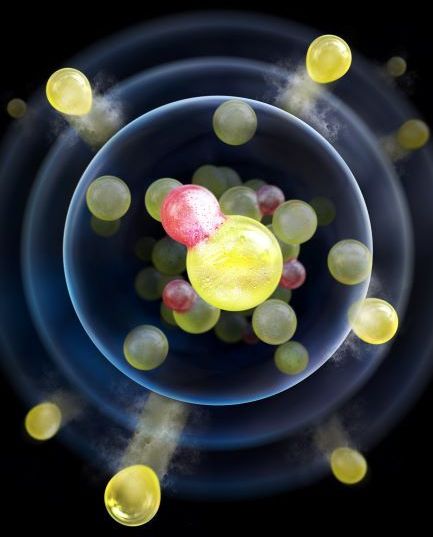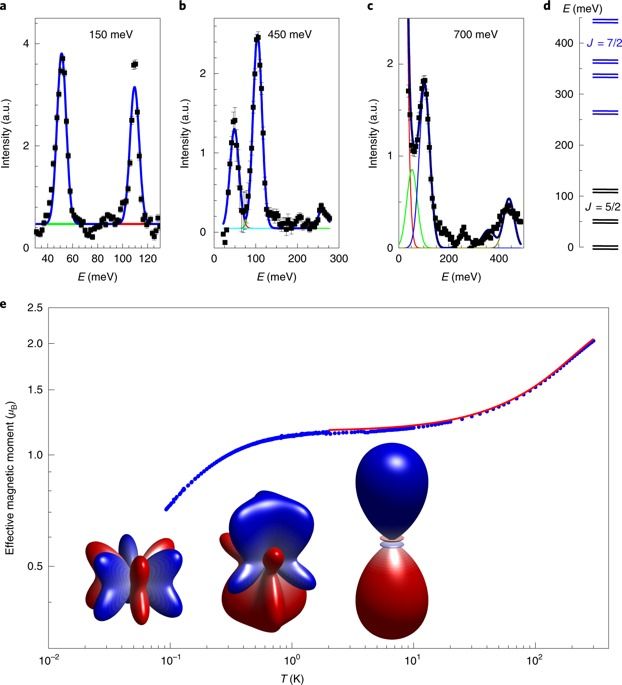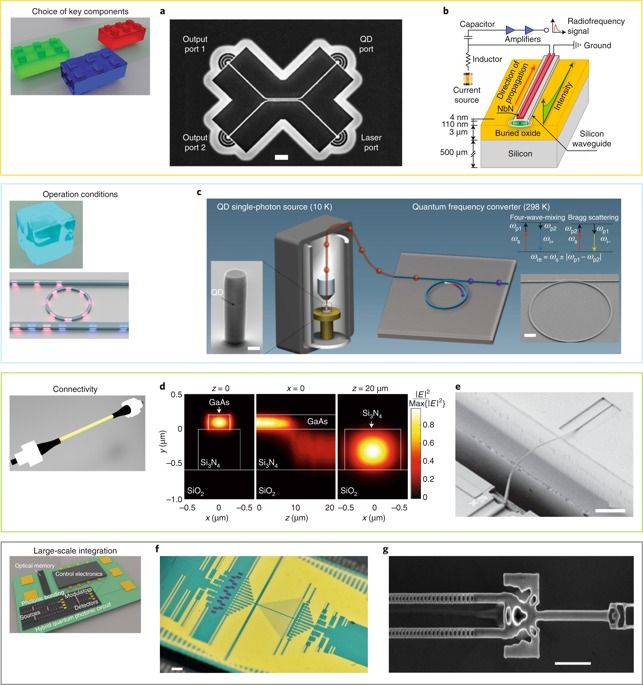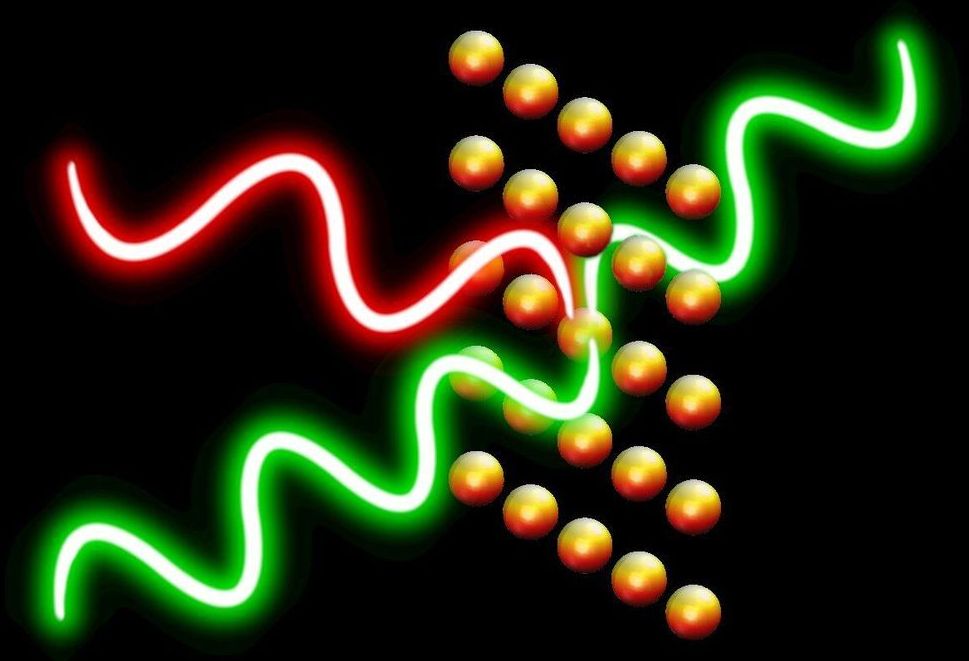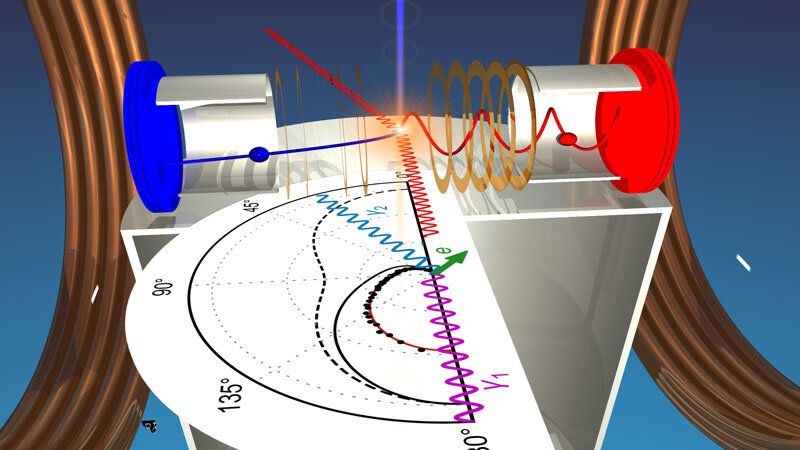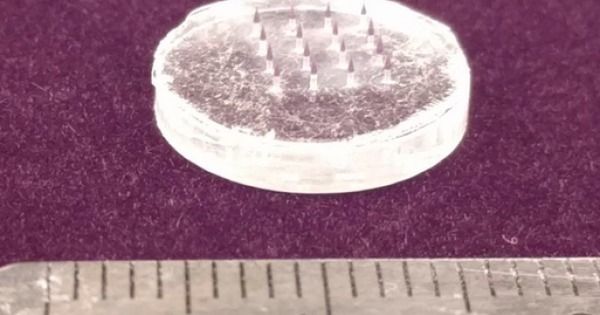Two research groups demonstrate the potential of dielectric metasurfaces for applications in quantum measurement and information.
Archive for the ‘quantum physics’ category: Page 396
Apr 17, 2020
Physicists close in on a simpler route to quantum degenerate molecules
Posted by Quinn Sena in categories: computing, particle physics, quantum physics
Cooling atoms to ultracold temperatures is a routine task in atomic physics labs, but molecules are a trickier proposition. Researchers in the US have now used a widely-applicable combination of methods to make molecules colder than ever before – a feat that could pave the way for applications in areas as diverse as high-temperature superconductivity and quantum computing.
In everyday life, we do not see the bizarre effects of quantum mechanics because the quantum states of the particles around us are constantly collapsing, or decohering, as they interact. At temperatures near absolute zero, however, some identical particles will simultaneously occupy the lowest energy quantum state available. This phenomenon is known as quantum degeneracy, and it was experimentally demonstrated in 1995, when groups led by Eric Cornell and Carl Wieman (then at the University of Colorado, Boulder) and Wolfgang Ketterle of the Massachusetts Institute of Technology (MIT) created the first Bose-Einstein condensates (BECs) with rubidium and sodium atoms, respectively.
Other groups have subsequently made condensates using other atomic species, and various techniques have been developed to cool atoms to quantum degeneracy. In one of the simplest methods, a sample of atoms is confined in a magnetic or optical trap. Hotter atoms with more kinetic energy are more readily able to escape, or evaporate, from this trap, so the remaining atoms become cooler. In another method, known as sympathetic cooling, one type of atom is cooled directly and allowed to thermalize with atoms of another type, thereby cooling them by extracting their kinetic energy.
Apr 16, 2020
A quantum liquid of magnetic octupoles on the pyrochlore lattice
Posted by Quinn Sena in category: quantum physics
O,.o maybe this could make computronium.
Spin liquids are highly correlated yet disordered states formed by the entanglement of magnetic dipoles1. Theories define such states using gauge fields and deconfined quasiparticle excitations that emerge from a local constraint governing the ground state of a frustrated magnet. For example, the ‘2-in–2-out’ ice rule for dipole moments on a tetrahedron can lead to a quantum spin ice2,3,4 in rare-earth pyrochlores. However, f-electron ions often carry multipole degrees of freedom of higher rank than dipoles, leading to intriguing behaviours and ‘hidden’ orders5,6. Here we show that the correlated ground state of a Ce3+-based pyrochlore, Ce2Sn2O7, is a quantum liquid of magnetic octupoles. Our neutron scattering results are consistent with a fluid-like state where degrees of freedom have a more complex magnetization density than that of magnetic dipoles. The nature and strength of the octupole–octupole couplings, together with the existence of a continuum of excitations attributed to spinons, provides further evidence for a quantum ice of octupoles governed by a ‘2-plus–2-minus’ rule7,8. Our work identifies Ce2Sn2O7 as a unique example of frustrated multipoles forming a ‘hidden’ topological order, thus generalizing observations on quantum spin liquids to multipolar phases that can support novel types of emergent fields and excitations.
Apr 16, 2020
Hybrid integrated quantum photonic circuits
Posted by Quinn Sena in categories: computing, quantum physics
Recent developments in chip-based photonic quantum circuits have radically impacted quantum information processing. However, it is challenging for monolithic photonic platforms to meet the stringent demands of most quantum applications. Hybrid platforms combining different photonic technologies in a single functional unit have great potential to overcome the limitations of monolithic photonic circuits. Our Review summarizes the progress of hybrid quantum photonics integration, discusses important design considerations, including optical connectivity and operation conditions, and highlights several successful realizations of key physical resources for building a quantum teleporter. We conclude by discussing the roadmap for realizing future advanced large-scale hybrid devices, beyond the solid-state platform, which hold great potential for quantum information applications.
Apr 15, 2020
Quantum Computing With Particles Of Light: A $215 Million Gamble
Posted by Saúl Morales Rodriguéz in categories: computing, mobile phones, particle physics, quantum physics
PsiQuantum is a little-known quantum computing startup, however it recently had no trouble raising almost a quarter of a billion dollars from Microsoft’s M12 venture fund and other investors. That is in addition to a whopping $230 million it received last year from a fund formed by Andy Rubin, developer of the Android operating system.
The company was founded in 2016 by British professor Jeremy O’Brien and three other academics, Terry Rudolph, Mark Thompson, and Pete Shadbolt. In just a few years, they have quietly grown the company from a few employees to a robust technical staff of more than 100.
Compared to today’s modest quantum computing capabilities, PsiQuantum’s elevator pitch for investors sounds like a line from a science fiction movie. O’Brien not only says he is going to build a fault-tolerant quantum computer with a staggering one million qubits, he also says he is going to do it within five years. O’Brien’s technology of choice for this claim is silicon photonics, which uses particles of light called photons to perform quantum calculations. Theoretically, photons behave as both waves and particles, but that’s a subject for another article. Quantum computing technologies in use today are primarily superconductors and trapped ion. However, there is plenty of research that shows photonics holds a lot of promise.
Apr 15, 2020
Hot qubits break one of the biggest constraints to practical quantum computers
Posted by Quinn Sena in categories: business, computing, government, quantum physics
Most quantum computers being developed around the world will only work at fractions of a degree above absolute zero. That requires multi-million-dollar refrigeration and as soon as you plug them into conventional electronic circuits they’ll instantly overheat.
But now researchers led by Professor Andrew Dzurak at UNSW Sydney have addressed this problem.
“Our new results open a path from experimental devices to affordable quantum computers for real world business and government applications,” says Professor Dzurak.
Apr 15, 2020
The Pentagon Wants Quantum Sensors to Track Faraway Spacecraft
Posted by Shailesh Prasad in categories: military, quantum physics, space travel
Apr 15, 2020
A quantum metasurface that can simultaneously control multiple properties of light
Posted by Quinn Sena in categories: nanotechnology, particle physics, quantum physics
:oooo.
Metasurfaces are artificial materials designed at the nanoscale, which can control the scattering of light with exceptionally high precision. Over the past decade or so, these materials have been used to create a variety of technological tools ranging from sensors to lenses and imaging techniques.
A research team led by Mikhail Lukin at Harvard University has recently proposed a new type of metasurface that can control both the spatiotemporal and quantum properties of transmitted and reflected light. In a paper published in Nature Physics, the team showed that realizing a quantum metasurface is possible and could be achieved by entangling the macroscopic response of thin atom arrays to light.
Apr 15, 2020
Researchers solve puzzle of Compton scattering: New approach for testing theories in quantum mechanics
Posted by Quinn Sena in categories: particle physics, quantum physics, space
When the American physicist Arthur Compton discovered that light waves behave like particles in 1922, and could knock electrons out of atoms during an impact experiment, it was a milestone for quantum mechanics. Five years later, Compton received the Nobel Prize for this discovery. Compton used very shortwave light with high energy for his experiment, which enabled him to neglect the binding energy of the electron to the atomic nucleus. Compton simply assumed for his calculations that the electron rested freely in space.
During the following 90 years up to the present, numerous experiments and calculations have been carried out with regard to Compton scattering that continually revealed asymmetries and posed riddles. For example, it was observed that in certain experiments, energy seemed to be lost when the motion energy of the electrons and light particles (photons) after the collision were compared with the energy of the photons before the collision. Since energy cannot simply disappear, it was assumed that in these cases, contrary to Compton’s simplified assumption, the influence of the nucleus on the photon-electron collision could not be neglected.
For the first time in an impact experiment with photons, a team of physicists led by Professor Reinhard Dörner and doctoral candidate Max Kircher at Goethe University Frankfurt has now simultaneously observed the ejected electrons and the motion of the nucleus. To do so, they irradiated helium atoms with X-rays from the X-ray source PETRA III at the Hamburg accelerator facility DESY. They detected the ejected electrons and the charged rest of the atom (ions) in a COLTRIMS reaction microscope, an apparatus that Dörner helped develop and which is able to make ultrafast reactive processes in atoms and molecules visible.
Apr 14, 2020
Bill Gates and Intellectual Ventures Funds Microchip Implant Vaccine Technology
Posted by Omuterema Akhahenda in categories: biotech/medical, computing, mobile phones, nanotechnology, quantum physics
You really can not make this up The Bill and Melinda Gates Foundation has donated more than $21 million towards developing a vaccine technology that uses a tattoo-like mechanism which injects invisible nanoparticles under the skin that is now being tested in a vaccine against the virus that causes COVID-19.
Another study funded by the Bill and Melinda Gates Foundation and published in December, 2019 by researchers from the Massachusetts Institute of Technology, the Institute of Chemistry of the Chinese Academy of Sciences in Beijing and the Global Good, Intellectual Ventures Laboratory in Bellevue, WA, describes how “near-infrared quantum dots” can be implanted under the skin along with a vaccine to encode information for “decentralized data storage and bio-sensing.”
“To maximize the utility of this technology for vaccination campaigns, we aimed to create a platform compatible with microneedle-delivered vaccines that could reliably encode data on an individual for at least five years after administration,” said the MIT paper, titled Biocompatible near-infrared quantum dots delivered to the skin by microneedle patches record vaccination. “In addition, this system also needed to be highly biocompatible, deliver a sufficient amount of dye after an application time of 2 min or less, and be detectable using a minimally adapted smartphone.”
Continue reading “Bill Gates and Intellectual Ventures Funds Microchip Implant Vaccine Technology” »
